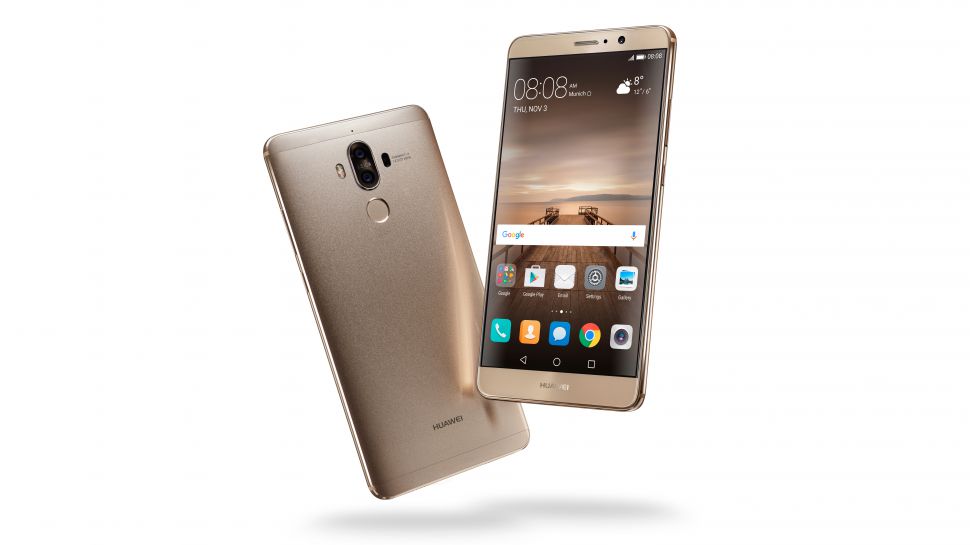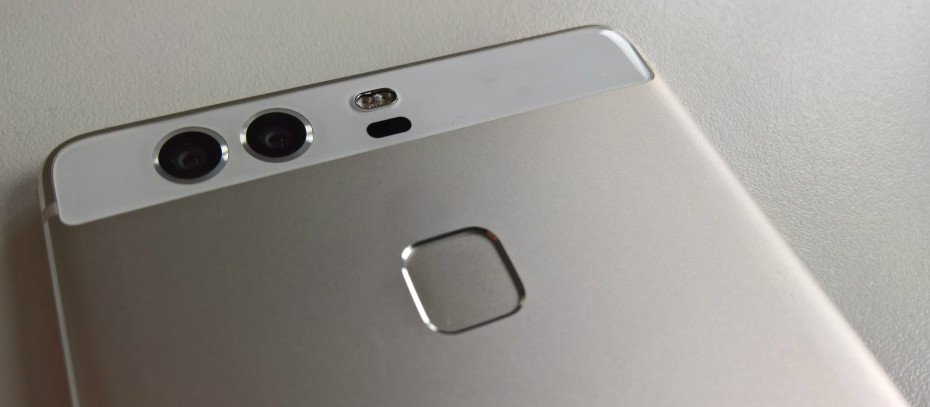Chinese networking giant Huawei has announced a chipset with built-in support for artificial intelligence, part of a broader strategy aimed at making smartphones more powerful and less reliant on cloud-based processing.
The Kirin 970 chipset is powered by an 8-core CPU and a new-generation 12-core GPU and is built using a 10-nanometre manufacturing process that puts 5.5 billion transistors into an area of one square centimetre.
‘Neural Processing Unit’
It’s Huawei’s first mobile chipset to feature a dedicated Neural Processing Unit (NPU) aimed specifically at handling AI processing chores.
As a result Huawei claimed it can carry out tasks with up to 25 times the performance and 50 times greater efficiency than a cluster of quad-core Cortex-A73 CPUs. ARM’s processor designs, such as the Cortex-A73 launched last year, are the most widely used architecture in mobile devices.

Huawei said the Kirin 970 processed 2,000 images per minute in an image-recognition test, faster than other chips on the market.
The company said it aims to add capabilities to mobile devices to result in a “significantly better” user experience.
Current AI-based services, such as Amazon’s Alexa, Apple’s Siri, Google Assistant or Microsoft’s Cortana, rely on sending data to remote servers for processing, but Huawei said onboard processing can improve latency and stability, as well as protecting user data by keeping it on the device.
‘Intelligent devices’
“Huawei is committed to turning smart devices into intelligent devices,” stated Richard Yu, chief executive of Huawei’s consumer business group. “The Kirin 970 is the first in a series of new advances that will bring powerful AI features to our devices.”
In January at the CES trade conference Huawei announced its 8-core Mate 9 flagship smartphone would be the first mobile device to have Amazon’s Alexa installed on it, marking another milestone in virtual assistant’s move beyond the Amazon Echo speaker.
Huawei said it sees on-device AI and cloud AI complementing one another and spurring the development of new capabilities.

For instance, on-board processing can help smartphones deal with large amounts of sensor data that can make devices “more cognitive of user needs” and create a more personalised experience.
Under the company’s “+Intelligence” strategy, discussed in its annual report last year, Huawei plans to build AI into all its devices, networks and industries.
“Artificial intelligence will place heavy demands on computing performance, energy efficiency, and device-cloud synergy,” Huawei said in the report. “Meeting these demands and creating a better intelligent experience will take a synthesis of capabilities across both chipsets and the cloud.”
How well do you know the cloud? Try our quiz!





